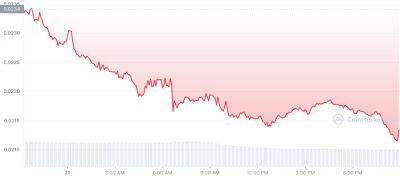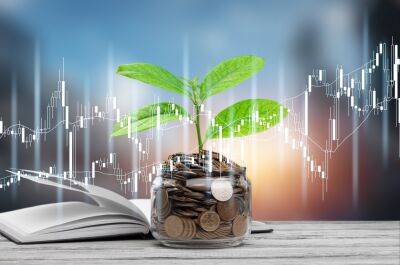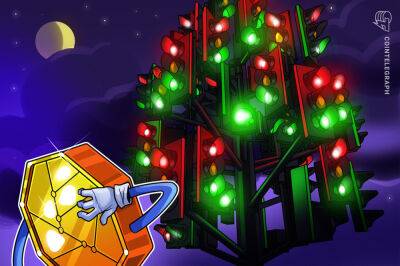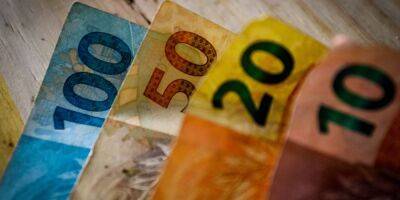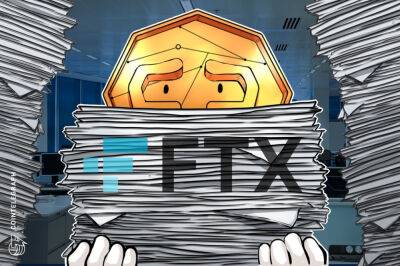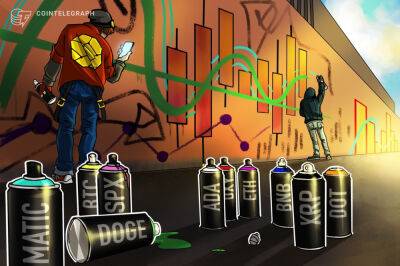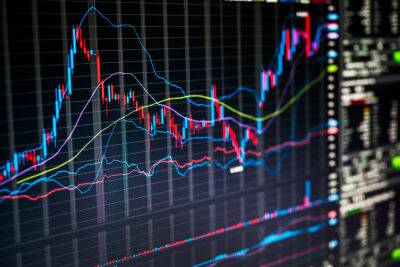Your quick and easy guide to Denmark's immigration-dominated election
Denmark goes to the polls on Tuesday 1 November in a snap general election called seven months ahead of schedule.
Here's everything you need to know about Danish politics, parties, personalities and the issues at stake as the Nordic nation votes:
Prime Minister Mette Frederiksen has headed a minority Social Democratic government since June 2019, but her popularity has slumped over the last few months due to her role in a pandemic-era decision to cull Denmark’s entire captive mink population.
A commission appointed by parliament harshly criticsed Frederiksen's government for its decision to order the killing of millions of healthy mink at the height of the coronavirus pandemic to protect humans from a mutation of the virus.
That saw one of the government’s centre-left allies, the Social Liberal Party, threaten a confidence vote unless Frederiksen promised to call an early election.
Up for grabs on 1 November are 179 seats in the Danish Parliament -- or Folketinget -- including two representatives each from Greenland and Faroe Islands (voting in Faroe Islands will happen on 31 October due to a local public holiday on 1 November).
In fact, by the time you read this article voting has already started in the election, as advance votes can be cast up to three weeks ahead of 1 November in town halls around the country. This is for people who are not able to vote on election day itself, but it's also available to people in nursing homes, prison inmates, and at some Danish embassies overseas.
For example, these Danish troops on a NATO mission in Estonia voted in mid-November:
Overall voter turnout is usually high in Denmark, and it wouldn't be a surprise if there was more than 80% turnout. However there is a particular effort to get
Read more on euronews.com


